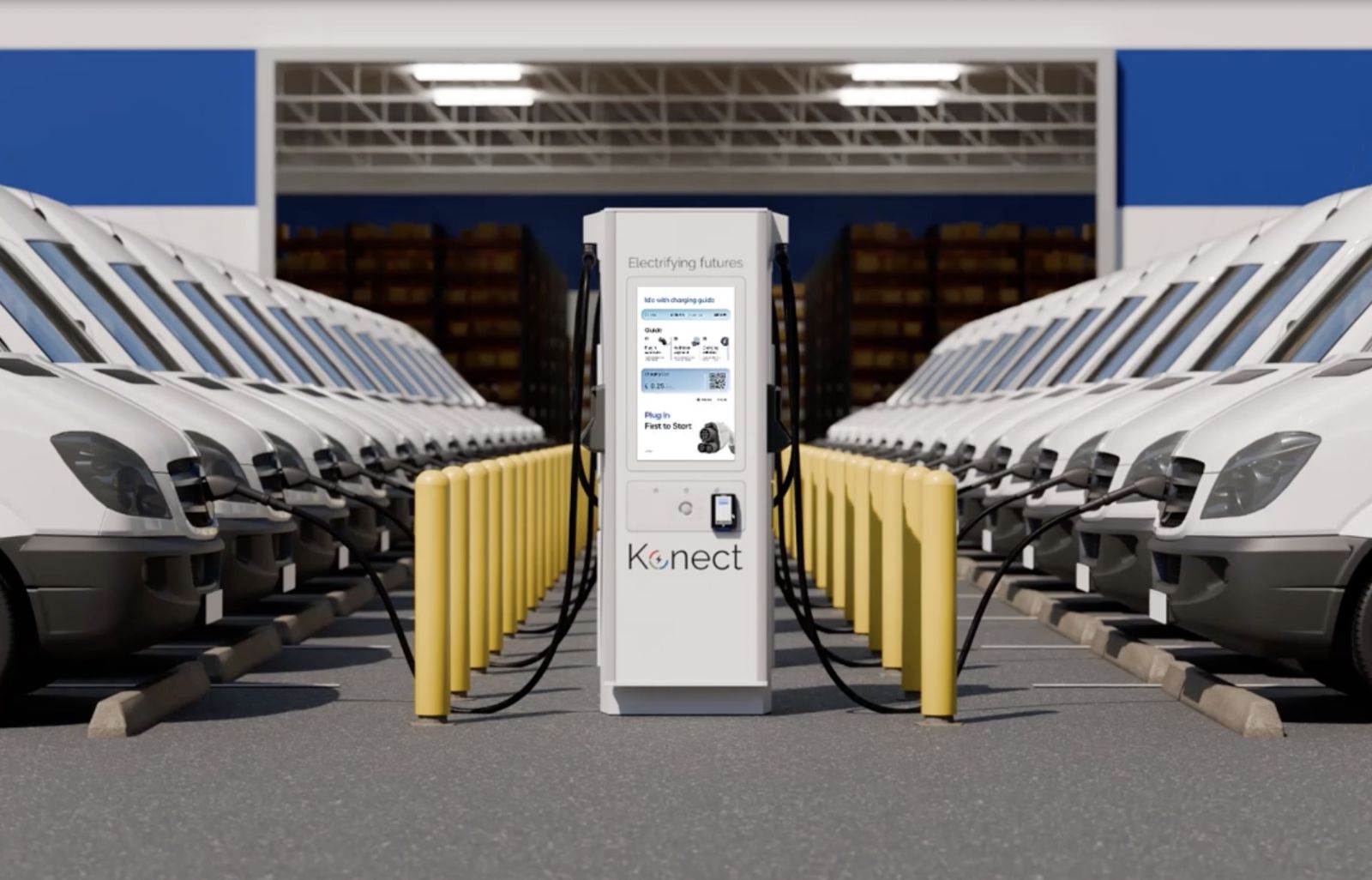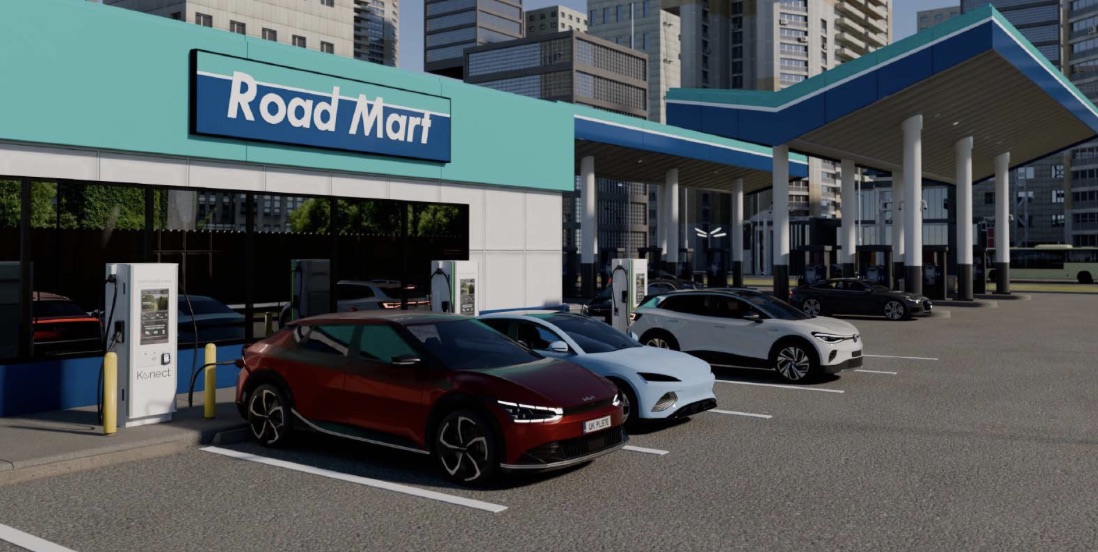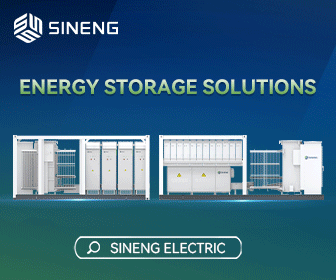It’s Time to Raise the Bar for EV Charger Reliability
When was the last time you pulled up at a gas station and had to leave empty handed? It speaks volumes for fuel retailers that reliability is a given on the forecourt, but that experience has set a high bar for charge point operators (CPOs) and those expectations are all-too-often not being met.
As electric vehicles (EVs) move beyond the tolerant ‘early adopter’ phase, the incoming cohort of drivers will rightly expect charging to be as easy as filling with fuel. Instead, almost one in five surveyed by JD Power had failed to charge at least once during 2024, and in most cases it wasn’t the user or the vehicle at fault — it was the charger itself.
Inconvenience aside, each failed session is a missed revenue opportunity for site owners, which risks losing business to rival sites and potentially undermines consumer confidence in the wider EV transition too. But the good news is, this can be better.

How reliable are EV chargers?
The answer is, it’s hard to say. Most networks claim high uptime rates, typically 95 percent or more, but those numbers can be misleading. They often measure whether a charger is powered on, which ignores issues such as faulty payment terminals, damaged connectors or cables, or software problems that can prevent drivers getting a charge.
Uptime rates are much lower if you take those factors into account. A recent independent study found only 74 percent of charging sessions in the second half of 2023 were successful, and DC fast chargers fared worst of all. During that same period, almost half of all DC chargers recorded at least one week-long outage, while one in ten had been out of action for at least six weeks.
We shouldn’t expect customers to tolerate that level of uncertainty in their business. And those standards shouldn’t be any lower in the EV charging space.
Why is uptime challenging for CPOs?
There’s a century of innovation and infrastructure keeping fuel pumps online, but those systems aren’t always in place for EV chargers. Downtime can be exacerbated by:
- Lack of visibility: Chargers aren’t always integrated with forecourt IT infrastructure, which means site owners often don’t know they’re offline until a customer complains.
- Lack of accountability: Faults often need to be traced back through a network of stakeholders – including hardware suppliers, software companies and utilities – before being fixed. This takes time.
- Lack of power: A recent survey ranked energy capacity as the biggest challenge for CPOs, with 80 percent concerned about scaling up. Unmanaged peak loads can trip breakers, leaving sites offline.
- Lack of support: Unlike fuels, EV chargers don’t have a mature service network yet. That means fewer technicians, slower parts deliveries and longer downtime, especially outside big cities.
To make matters worse, any outages will quickly affect drivers. Charging times are longer, there are typically fewer ports on site than there would be fuel pumps on a traditional forecourt, and EVs typically have less range in reserve to carry on to the next charger.
Policymakers recognize that this is an issue. Governments in the United States, United Kingdom and Australia have introduced strict 97 percent-plus availability targets for chargers, and that’s likely to become more common. This means there’s growing pressure to address those bottlenecks, and a need to do things differently.

What does a reliable EV charging ecosystem look like?
Robust hardware is only part of the equation. Integrating chargers into a wider, interconnected system is critical to help identify and fix faults before they impact revenue or reputation. This includes:
- Smart software: The latest chargers can self-diagnose faults in real time, resolving up to 80 percent of them automatically or via a remote reset, often before drivers notice.
- Local expertise: If a callout is needed, then a widespread network of trained field teams equipped with the right parts is critical to get units back online quickly.
- Integrated systems: By linking chargers into the forecourt IT infrastructure, hosts get the visibility as they’d expect from their fuel dispensers – if not better.
- Energy management: By balancing loads across chargers and other facilities, sites can support up to six timesmore vehicles without lengthy grid connection upgrades.
How can fuel retailers improve the charging experience?
From advances in battery technology, to net-zero targets in the largest automotive markets, it’s inevitable that the world’s EV population will continue to grow. The fuel retail sector has the right expertise and facilities to offer the convenient, comfortable and reliable charging experience those drivers expect.

Businesses must have the tools to build a successful EV charging operation. Employing a complete ecosystem — from site selection to in-life maintenance and repairs — will help meet the same standards customers expect.
There’s an urgent need for this. As the market grows, uptime and reliability aren’t just technical metrics, they’re customer expectations. Meeting them isn’t optional. It’s how trust is earned. Reacting quickly to outages will help retailers build a positive reputation with drivers, maximize footfall, and release the fastest returns on investment.
The future of charging looks a lot like current fueling — fast, easy, always available. As an industry, we know how to do this. Now we just need to apply the same standards.
Merrick Glass is President of Konect at Gilbarco Veeder-Root. Konect offers a turnkey electric vehicle (EV) charging infrastructure ecosystem, enabling seamless integration with existing fueling, payment, and service offerings.
Gilbarco Veeder-Root | www.gilbarco.com
Author: Merrick Glass









